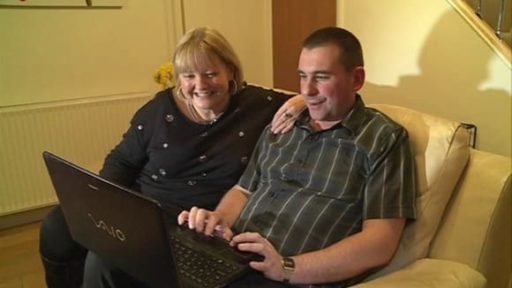Google is undoubtedly the leading search engine on the web and is well ahead of its contemporaries. However, search mechanism and searching needs of people have evolved over time. So now, Google is planning to launch a major overhaul of its system in the coming months. This overhaul is aimed at changing the model where search provides web links to a model where the search returns ‘answers’ to user queries.
So how exactly will these changes affect the way we Google things? Well…what Google plans is to return exact figures and facts in return to users’ queries so that users are able to immediately get answers to their queries rather than just thousands of links. This is being termed by Google as the ‘semantic search technology.’
This is by no means an all new technique to be used by a search engine. In fact, it is already being used by a British computational search engine called Wolfram Alpha. Google now plans to deploy this same technique, blending it with the keyword search technique. The outcome of this hybrid would be that users will be able to access immediate answers where there can be definite answers, for instance fact-based questions etc. In other cases, users will be simply able to search their subjective queries with the usual web-links results.
This can be very significant especially if Google is able to broker a deal with Twitter that lets it seek real-time news and information from the microblogging platform. Google had such a deal with Twitter in the past but wasn’t able to renegotiate the deal. With this new semantic search technology, if Google is somehow able to broker this deal, this would mean that you could then access real-time updates and information as direct answers on Google.
Most of these changes are summed in the words of Google Fellow Amit Singhal, “Let me just say that every day, we’re improving our ability to give you the best answers to your questions as quickly as possible. But our ability to deliver this experience is a function of our understanding your question and also truly understanding all the data that’s out there. And right now, our understanding is pretty darn limited.” The changes are being made precisely to improve this limitation on understanding and to be able to understand the user’s query more accurately so that exact answers for it can be furnished.
However, all these changes also means that online businesses will have to be smarter and more objective, letting go of the regular unnecessary jargon that is spewed purely for SEO purposes. The new technology will essentially render most of the conventional SEO methods useless. The revolutionary changes it may bring are summed in these words of Singhal, “For instance, today I have a ‘to-do’ list on my phone which contains tasks like – ‘pick up a gift for my father’. The phone has a GPS system and knows where I am. It also contains my calendar, so it knows when I am free. Why shouldn’t a search engine, which I have built a personalised relationship with, be able to sync up all that information and tell me when I am near a shop which has a gift in it that my dad would like at a time when I am free.”
This is an astonishingly amazing concept – a search engine with the ability to process available information in a way more intelligent than man and then dish out precise results on the basis of that information.
For those websites and businesses who want to maintain their page rank on an all-new Google search methodology, or to improve their rank, they will need to address most of the queries of their specific users. The new search algorithm will ensure that such sites which do not directly address user queries will slide down the page rank while those who do supply the right answers will climb to the top. So it would be high time that you start positioning and formatting your website accordingly in anticipation of this huge Google overhaul.
[ttjad]


